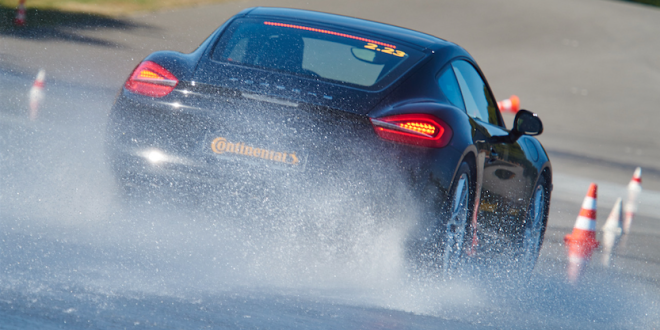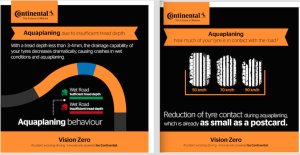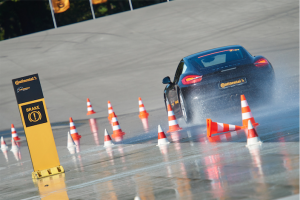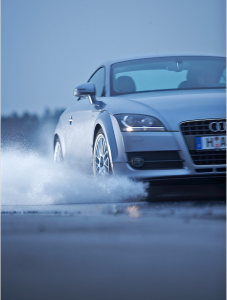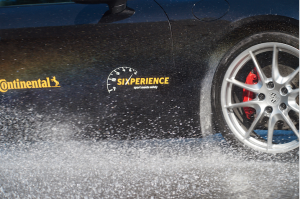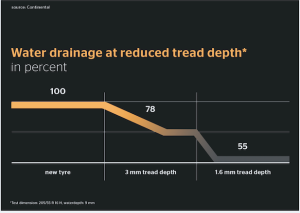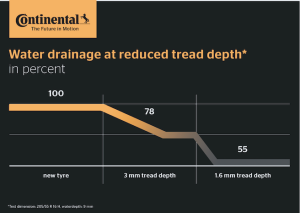The rains are really here and many regions of South Africa are currently experiencing heavy downpours after a prolonged drought, with motorists facing increased danger in the wet and slippery conditions. Aquaplaning, where the tyres lose contact with the road surface, and the driver is no longer in control of the vehicle, is undoubtedly one of the most daunting scenarios facing drivers in these conditions. Tyres can disperse up to 30 litres of water a second at 80 km/h, but with only 1.6 mm tread depth remaining, water displacement drops to just over 50 percent of that level. Currently, the minimum legal tread depth in South Africa is just 1 mm, which dramatically increases the risk of a total loss of control.
However, Continental Tyre SA said it has an unwavering focus on maximising driving safety, producing cutting-edge tyres that set new standards for grip and braking distances – particularly in the wet. Through its Vision Zero initiative, Continental said it is striving towards reducing and ultimately eliminating traffic collisions and fatalities.
“Measurements conducted by Continental have shown that tyres with a residual tread depth of 3mm still retain just over 80 percent of their water displacement capability. To determine this, the tyre manufacturer ran a variety of tests with different tyres. The tests showed that as tread depth decreases, all models of tyre lose the ability to disperse larger volumes of water. Accordingly, when tyres reach the 3mm limit, drivers should be consider replacing them. To help determine the residual tread depth, Continental includes “wet indicators” between the tread grooves. Protruding 3mm, these indicator ribs are located between the tread blocks,” the company said in a statement issued in Port Elizabeth.
“If the surrounding tread has worn to the level of the indicators, it is time to replace the tyres in the interests of the safety of all road users. The wet indicators can be found aligned with the raindrop symbol on the sidewall of the tyres. With new and run-in tyres, drivers always need to slow down in the wet to avoid the risk of aquaplaning. If aquaplaning should nevertheless occur, drivers should take their foot off the accelerator immediately and depress the clutch in the case of a manual gearbox.”
Continent listed other things to do in wet and slippery road conditions to include avoiding moving the steering wheel or braking, saying although if an accident threatens, emergency braking should be initiated at once – as in most cases the rear wheels may still have enough grip to slow the vehicle. It also advises that as soon as the tyres are back in contact with the road, drivers you drive on at reduced speed.
 ..:: AUTO REPORT AFRICA ::..
..:: AUTO REPORT AFRICA ::..
